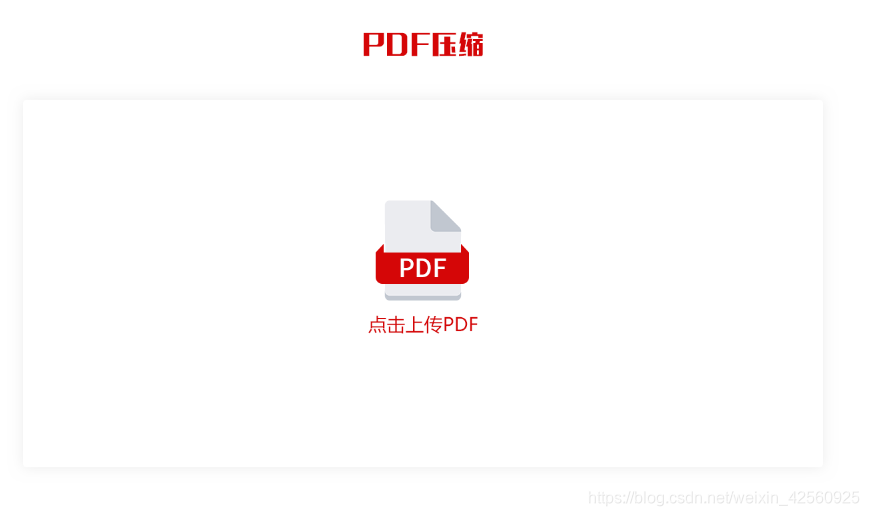mac怎么压缩pd文件最小
本文共 346 字,大约阅读时间需要 1 分钟。
怎么在mac苹果电脑上压缩pdf,经常使用PDF文件的朋友可能会发现,一些PDF文件比较大,不仅占用电脑空间,使用起来也会非常影响电脑运行速度,下面小编教你在如何mac苹果电脑上压缩pdf,需要的朋友我们一起来看一下:
第一步:打开【轻云pdf压缩编辑官网】,上传pdf文件,上传完毕后网站会自动开始压缩,压缩时间也是根据时间大小,这个时候需要耐心等待一下。

当视频压缩的进度条到达100%后就表示视频压缩好了,这个时候回出现预览压缩后的效果选择,大家如果想预览压缩后的视频效果,大家点击预览视频效果按钮就可以了。
这就是我给大家分享的mac苹果电脑压缩pd文件到最小,并且不改变清晰度的方法了,最大的优势就是操作简单,使用方便,无需安装,需要压缩pdf的小伙伴们可以试试哦,希望能帮到你们。
转载地址:http://fyav.baihongyu.com/
你可能感兴趣的文章
Netty工作笔记0025---SocketChannel API
查看>>
Netty工作笔记0027---NIO 网络编程应用--群聊系统2--服务器编写2
查看>>
Netty工作笔记0028---NIO 网络编程应用--群聊系统3--客户端编写1
查看>>
Netty工作笔记0034---Netty架构设计--线程模型
查看>>
Netty工作笔记0050---Netty核心模块1
查看>>
Netty工作笔记0057---Netty群聊系统服务端
查看>>
Netty工作笔记0060---Tcp长连接和短连接_Http长连接和短连接_UDP长连接和短连接
查看>>
Netty工作笔记0063---WebSocket长连接开发2
查看>>
Netty工作笔记0068---Protobuf机制简述
查看>>
Netty工作笔记0070---Protobuf使用案例Codec使用
查看>>
Netty工作笔记0072---Protobuf内容小结
查看>>
Netty工作笔记0074---handler链调用机制实例1
查看>>
Netty工作笔记0077---handler链调用机制实例4
查看>>
Netty工作笔记0081---编解码器和处理器链梳理
查看>>
Netty工作笔记0083---通过自定义协议解决粘包拆包问题1
查看>>
Netty工作笔记0084---通过自定义协议解决粘包拆包问题2
查看>>
Netty工作笔记0085---TCP粘包拆包内容梳理
查看>>
Netty常用组件一
查看>>
Netty常见组件二
查看>>
netty底层源码探究:启动流程;EventLoop中的selector、线程、任务队列;监听处理accept、read事件流程;
查看>>